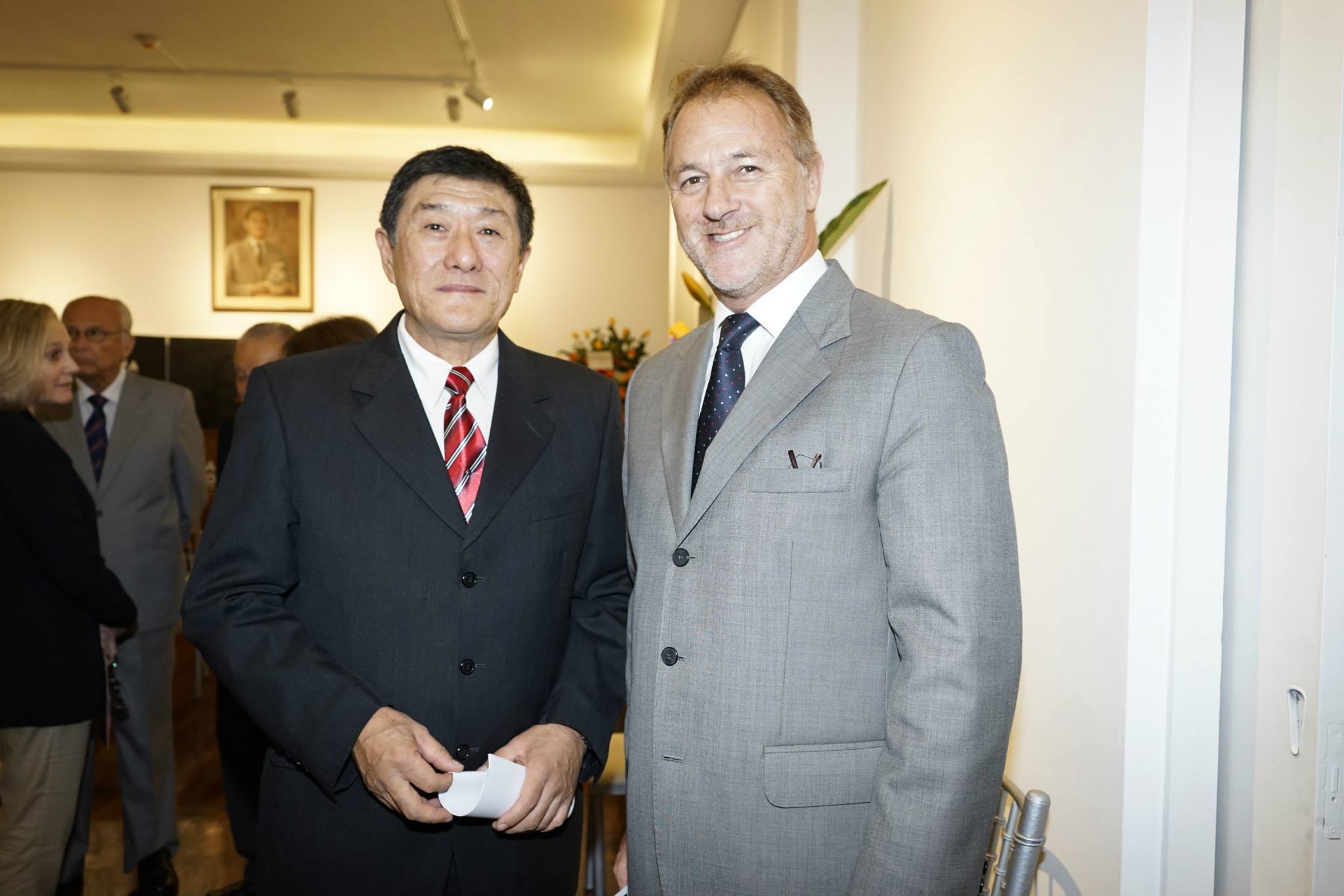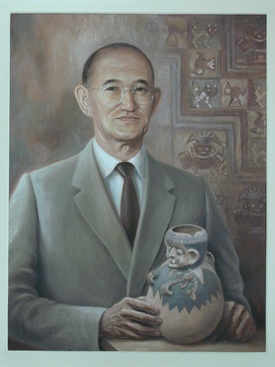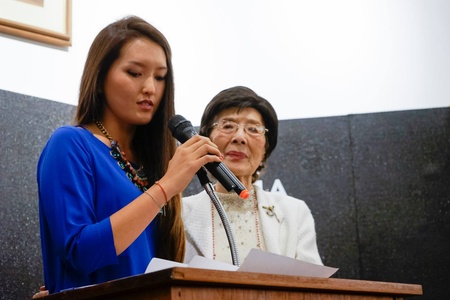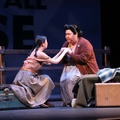My grandfather, led an exceptional life that has been detailed in numerous publications including several multi-part articles and video interviews here at DiscoverNikkei.org.1
Born in Japan in 1898, he was a businessman, scientist, inventor, world traveler, and “enemy alien,” imprisoned without charge on December 7, 1941, as a Japanese civilian living near the Panama Canal. He published an account of his ordeal after repatriation to Japan in 1942 when he was reunited with his four children and his sister. For most people, family life, writing, and managing several businesses would provide more than enough material to build a lasting legacy. But, as I said before, my grandfather was exceptional. And now, a revival of interest in his life’s work is taking place in Japan and in his adoptive country, Peru.
Why Peru? As a young man, my grandfather’s adventures took him around the world. He had been inspired by Heinrich Schlieman, a pioneer in the field of archeology and the discoverer of Ancient Troy. Amano’s interest in archeology only increased after Hiram Bingham located the “lost city” of Machu Picchu. Amano journeyed there in 1930, long before rails or roads to the Inca ruins were built.
In 1951, Amano managed to leave Japan despite travel restrictions during the Occupation and headed to Lima, Peru. There, he became a self-trained archeologist, eventually focusing his research on the Chancay people, a pre-Inca civilization centered on Peru’s arid western coast, 60 km north of Lima. He founded, designed, and built Museo Amano in the Miraflores district of Lima in 1964 to house his private collection which now numbers more than 40,000 artifacts. Collections from his museum are known around the world. The governments of Peru and Brazil honored him for his research and he also received the Kikkawa Eiji Award in 1980 and the Japan Foundation award in 1982 shortly before his death that year.
Now, fifty years after Museo Amano opened to the public, there are new developments intended to ensure my grandfather’s legacy well into the future. Today, the Amano Pre-Colombian Textile Museum, as it is now named, and the foundation Amano established is headed up by his son, Mario, and granddaughter, Mika. In order to continue to honor the foundation’s devotion to conservation and research associated with Peru’s archaeological legacy, the decision was made this year to remodel the museum’s exhibition rooms and reopen the institution to the public with fully modernized conservation and display facilities.
In its first two rooms, the Amano Textile Museum exhibits more than 120 textile works representing the entire history of cultural development in ancient Peru, showcasing the styles and techniques employed by the Chavín, Paracas, Moche, Nasca, Huari, Sihuas, Chancay, Chimú, and Inca cultures. The third room is devoted to the textile materials and techniques used to create these marvelous works of textile art. The final space of the exhibition contains the museum’s renowned textile drawers, which hold more than 460 textile works created by the Chancay culture and collected by Mr. Amano himself.

On International Museum Day, May 18, 2015, the Amano Textile Museum launched their new exhibits, updated facilities, and fresh logo, made possible thanks to the support of the Embassy of Japan, the Miyasato Corporation, Sumitomo Metal Mining Co. Ltd., Sun Alpaca, Michell & Cía., and E Icom Peru. Along with hundreds of guests at the opening ceremony, speakers included the president of the International Council of Museums, Dr. Hans-Martin Hinz; the mayor of Miraflores, Dr. Jorge Muñoz Wells; renowned Peruvian archeologist, Dr. Walter Alva; Director Mario Amano; and Amano Foundation’s Mika Amano who designed their new logo.
Yoshitaro Amano’s remarkable life story and dedication to pre-Colombian archeology has also been recognized in a new feature length documentary produced by the Nitto Tire Company. Titled Japanese Hero of the Andes: The Life of Yoshitaro Amano, the film was shown on international ANA flights starting in March 2015. The film will be donated to JANM as part of the company’s Corporate Social Responsibility (CSR) program that expresses gratitude for the Nikkei community that has presaged Japanese enterprise abroad.
My grandfather accomplished so much in his life, driven by relentless curiosity, a towering intellect, and unflagging energy. That would partly explain why he is still remembered today. However, almost every memory of Yoshitaro Amano recorded by his family, his coworkers, and his friends and acquaintances, no matter how brief the interaction, mention his humbleness and the great respect with which he treated others. That is the true source of his lasting legacy and why new chapters of that legacy are still being written.
Note:
1. Articles on Discover Nikkei:
- About My Father, Yoshitaro Amano – Memories from the eldest daughter, Hamako by Yukikazu Nagashima
- Yoshitaro Amano, Canal Zone Resident and Prisoner #203 by Esther Newman
Interviews on Discover Nikkei:
- Miyoko Amano (President of Amano Museum; wife of Yoshitaro Amano)
- Hiroshi Sakane (Executive Director of Amano Museum; grandson of Yoshitaro Amano)
- “Memories of the Late Yoshitaro Amano” by Toshiro Konishi
* * * * *
To find out more:
- AMANO / Museo Textil Precolombino Facebook page
- Download Textiles of the Andes: Catalog of the Amano Collection PDF
© 2015 Esther Newman








